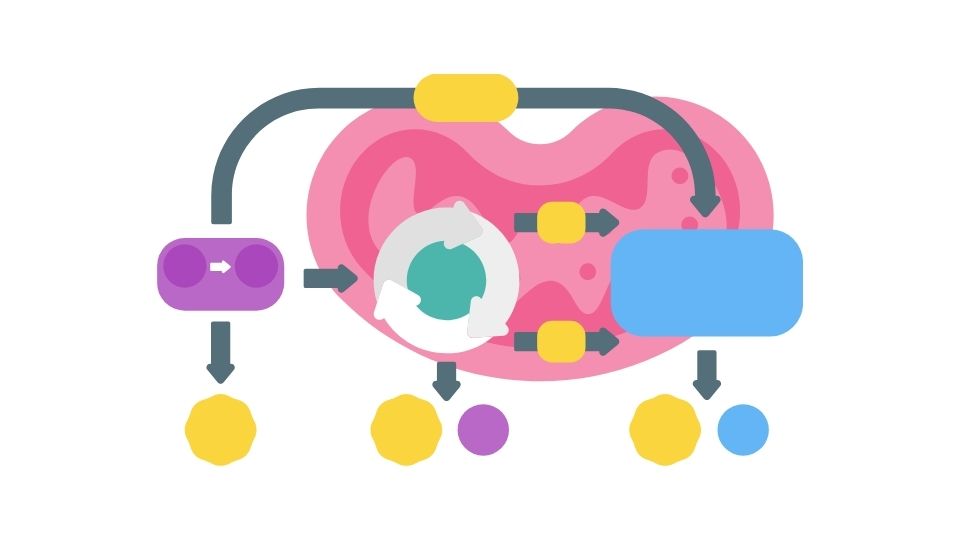Meal tracking might just be your secret weapon against metabolic syndrome.
Ever heard someone say they have “high blood pressure,” “high blood sugar,” or “high cholesterol”? Those are just pieces of the metabolic syndrome puzzle – a cluster of conditions that seriously bump up your risk for heart disease, stroke, and diabetes.
But here’s the good news: what you eat (and when) can dramatically change your metabolic health. And tracking those meals? That’s where the real magic happens.
Let me show you why meal tracking is like having a metabolic health superpower – and how you can use it without driving yourself crazy.

Why Your Metabolism Needs a Food Journal
Metabolic syndrome is basically your body’s way of waving a big red flag saying “things aren’t working right!” It’s not just one problem – it’s several interconnected issues that include:
- Extra fat around your waist
- High blood pressure
- High blood sugar
- Abnormal cholesterol or triglycerides
And while medication definitely helps, what you put on your plate might be even more powerful.
When you track your meals, you’re not just counting calories – you’re gathering intelligence about what makes your unique body thrive or dive. It’s like being a metabolic detective.
How Meal Tracking Transforms Metabolic Health

Let’s get specific about what meal tracking can do for your metabolic health:
Weight management – Tracking naturally makes you more aware of portion sizes and calorie density. Research shows people who log their food consistently lose more weight and keep it off. And that waistline shrinkage directly improves metabolic markers.
Blood sugar control – When you log your meals, patterns emerge. Maybe you’ll notice that having a carb-heavy breakfast sends your energy crashing by 10am. Or that adding protein to your lunch prevents that 3pm slump. These insights help you make better choices for stable blood sugar.
Better food quality – Most people who start tracking naturally shift toward more nutrient-dense foods. It’s like your brain goes: “If I’m counting these calories anyway, might as well make them count!”
Meal timing mastery – Tracking when you eat can be just as important as what you eat. Time-restricted eating (limiting your eating window to 8-10 hours daily) has been shown to improve blood sugar, insulin sensitivity, and blood pressure – even without changing what you eat!
Choosing a Meal Tracking Approach That Actually Works

The best tracking method is the one you’ll actually stick with. Here are some options from simple to sophisticated:
1. Text-Based Tracking
If you’re allergic to complicated apps, text-based tracking might be your perfect match. Services like MealByMeal let you simply text what you ate and get instant feedback on calories and macros. No food database scrolling required.
The genius is in the simplicity – you can text “oatmeal with banana and coffee with milk” and get your nutritional breakdown in seconds. For metabolic syndrome management, this removes the friction that makes most people quit tracking.
2. Comprehensive Food Logging Apps
Traditional apps offer more detailed tracking with features like:
- Barcode scanners for packaged foods
- Restaurant meal databases
- Recipe analyzers
- Macro and micronutrient breakdowns
These apps are great if you want to dive deep into nutritional details and don’t mind spending a few minutes logging each meal.
3. Metabolism-Focused Specialized Tools
Some newer tools go beyond basic tracking to directly target metabolic health:
Glucose monitoring integration – Apps like Nutrisense pair with continuous glucose monitors to show you exactly how foods affect your blood sugar in real-time. This is next-level information for metabolic syndrome management.
Circadian rhythm optimization – Apps that help you track not just what you eat but when can help you align your eating with your body’s natural rhythms, which research shows improves metabolic markers.
Recipe-based systems – Some platforms focus on providing metabolically optimized recipes and meal plans rather than just tracking what you already eat.
Real-World Strategies That Won’t Drive You Crazy
Let’s get practical. Here’s how to use meal tracking for metabolic syndrome without becoming obsessed:
Start with a 3-day reality check – Track everything you eat for just three days without changing anything. This baseline gives you honest insight into your current habits.
Focus on timing first – Before overhauling what you eat, try simply narrowing when you eat. Aim for a 10-12 hour eating window (like 8am to 6pm), then gradually reduce to 8-10 hours if that feels good.
Track macros, not just calories – For metabolic health, the balance of proteins, fats, and carbs matters as much as the total calories. Aim for adequate protein (about 25-30% of calories) and moderate carbs (especially from whole food sources).
Use the “good enough” approach – You don’t need perfect tracking. Even logging 80% of your meals provides valuable insights without making you lose your mind over measuring that tablespoon of olive oil.
Plan for metabolism-friendly meals – Use your tracking insights to identify meals that keep you satisfied and energized. Build a personal playlist of go-to metabolic winners you can rotate through.
Why I’m Betting on Simple Tracking Systems

After researching all the options, I’m convinced that for most people, the simplest tracking method will be the most effective. Why?
Because consistency beats perfection every time.
Complex apps with endless features often lead to “analysis paralysis” and eventual abandonment. But simpler methods like text-based tracking stick around in people’s lives much longer.
For metabolic syndrome specifically, you need a solution that:
- Makes it easy to identify patterns in how foods affect your energy and hunger
- Helps you maintain awareness without becoming obsessive
- Encourages gradual, sustainable shifts in eating habits
- Provides enough data for your healthcare provider to see your progress
Text-based services like MealByMeal hit this sweet spot for many people. You get the benefits of tracking without the headaches of traditional apps.
Putting It All Together

Managing metabolic syndrome is a marathon, not a sprint. Meal tracking gives you a sustainable way to make small, powerful changes that add up to major health improvements over time.
Whether you choose simple text tracking, a comprehensive app, or a specialized metabolic health platform, the key is finding a method that fits naturally into your life.
Start by tracking for just one week. Notice patterns. Make one small change based on what you learn. Repeat.
That’s how real, lasting metabolic health happens – one meal, one insight, one improvement at a time.
Remember: your metabolism responds to consistent patterns, not perfect days. Use tracking as your personalized feedback system, not a judgment tool. And celebrate the small wins along the way – they’re literally adding years to your life.




Leave a Reply